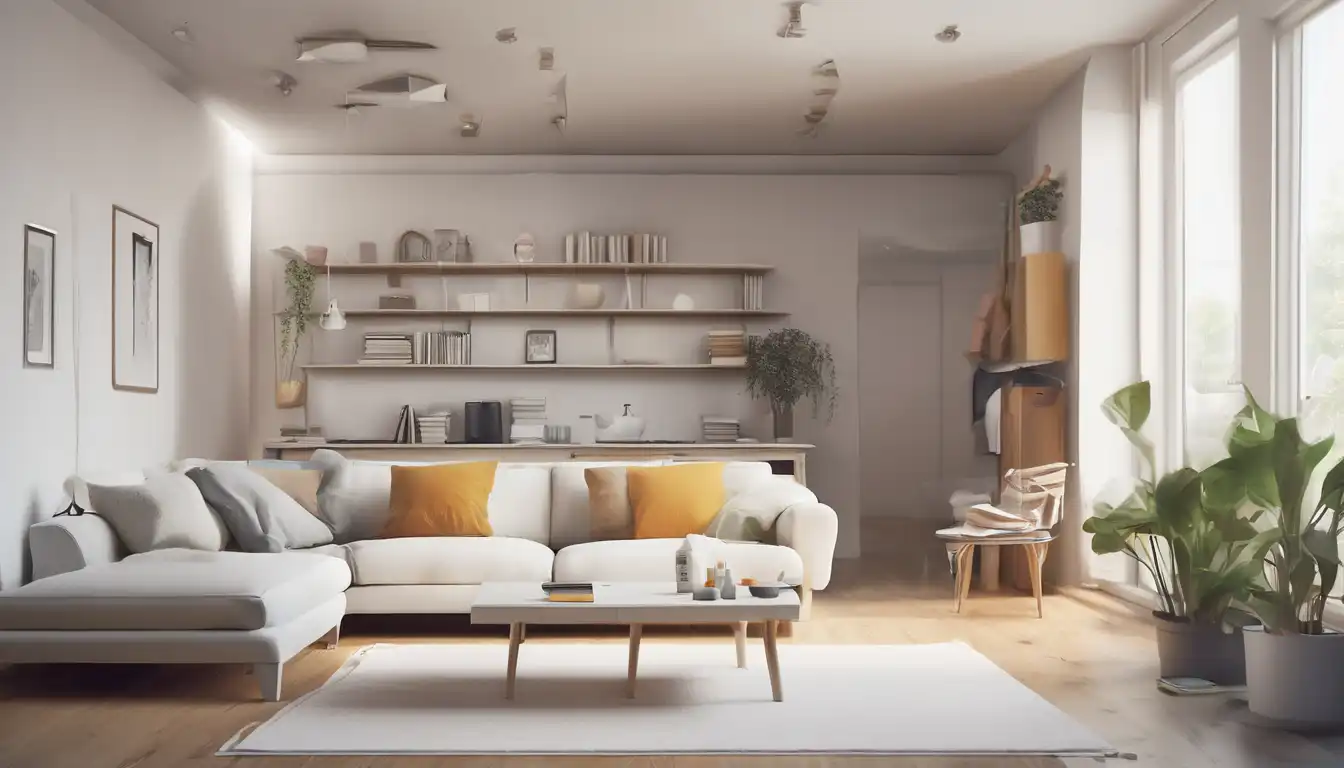Introduction to Minimalist Living
Minimalist living represents a conscious choice to simplify your life by eliminating excess and focusing on what truly matters. This lifestyle approach goes beyond mere decluttering—it's about creating space for more meaningful experiences, relationships, and personal growth. Many people discover that embracing minimalism leads to reduced stress, increased financial freedom, and greater overall satisfaction with life.
The Core Principles of Minimalism
Understanding the fundamental principles of minimalism is essential for successfully implementing this lifestyle. These core concepts provide the foundation for making intentional choices about your possessions, time, and energy.
Intentionality in Possessions
Every item in your home should serve a purpose or bring genuine joy. This principle encourages you to regularly evaluate your belongings and keep only those that add value to your life. Ask yourself: "Does this item serve a practical function? Does it bring me happiness?" If the answer is no to both questions, it might be time to let it go.
Quality Over Quantity
Minimalism emphasizes investing in fewer, higher-quality items rather than accumulating numerous low-quality possessions. This approach not only reduces clutter but also saves money in the long run and supports more sustainable consumption habits.
Practical Decluttering Strategies
Implementing effective decluttering methods is crucial for transitioning to a minimalist lifestyle. These practical approaches can help you systematically reduce clutter without feeling overwhelmed.
The Four-Box Method
This simple yet powerful technique involves using four labeled boxes: Keep, Donate, Trash, and Relocate. As you go through each room, place items in the appropriate box. This method prevents decision paralysis and creates clear action steps for every possession.
90/90 Rule for Decision Making
If you haven't used an item in the past 90 days and don't plan to use it in the next 90 days, consider letting it go. This rule helps eliminate items you're keeping "just in case" but realistically won't need.
Room-by-Room Minimalism Guide
Each area of your home presents unique challenges and opportunities for implementing minimalist principles. Here's how to approach different spaces effectively.
Creating a Serene Bedroom
Your bedroom should be a sanctuary for rest and relaxation. Start by removing electronics, excess furniture, and clothing you no longer wear. Keep only essential items on surfaces, and consider implementing a capsule wardrobe to simplify your clothing choices.
Streamlining Your Kitchen
The kitchen often accumulates duplicate items and single-use gadgets. Keep only the tools you regularly use, and consider multi-functional appliances that serve multiple purposes. Organize pantry items in clear containers for easy visibility and access.
Digital Minimalism Strategies
In today's connected world, digital clutter can be just as overwhelming as physical clutter. Implementing digital minimalism practices can significantly reduce stress and improve productivity.
Email and File Organization
Create a systematic approach to managing digital files and emails. Unsubscribe from unnecessary newsletters, implement a folder system for important documents, and regularly delete files you no longer need. Consider using cloud storage solutions to reduce physical digital devices.
Social Media and App Management
Curate your social media feeds to include only accounts that provide value or joy. Delete apps you rarely use from your devices, and set time limits for social media usage to prevent mindless scrolling.
Maintaining Your Minimalist Lifestyle
Transitioning to minimalism is only the first step—maintaining this lifestyle requires ongoing commitment and mindful habits.
One-In-One-Out Rule
For every new item you bring into your home, remove one existing item. This practice prevents clutter from gradually accumulating again and encourages thoughtful purchasing decisions.
Regular Maintenance Sessions
Schedule monthly or quarterly decluttering sessions to reassess your possessions. These regular check-ins help you stay mindful of what you own and prevent clutter from building up over time.
The Psychological Benefits of Minimalism
Beyond the physical space benefits, minimalism offers significant psychological advantages that contribute to overall well-being.
Reduced Decision Fatigue
With fewer possessions and simpler systems, you make fewer daily decisions about what to wear, use, or organize. This mental space can be redirected toward more important life choices and creative pursuits.
Increased Mindfulness and Presence
A clutter-free environment promotes mental clarity and presence. Without visual distractions, you can focus better on the present moment and engage more fully with your activities and relationships.
Common Minimalism Mistakes to Avoid
As you embark on your minimalist journey, being aware of potential pitfalls can help you maintain a balanced approach.
Extreme Minimalism
Avoid taking minimalism to extremes that don't serve your lifestyle. The goal is to create a space that supports your needs and values, not to live with the bare minimum regardless of practicality.
Comparing Your Journey
Minimalism looks different for everyone. Avoid comparing your progress or choices with others, and focus on what works best for your unique circumstances and goals.
Conclusion: Embracing Your Minimalist Path
Minimalist living is a personal journey that evolves over time. Remember that perfection isn't the goal—progress is. Each step you take toward simplifying your life brings you closer to the clarity, freedom, and intentionality that minimalism offers. Start small, be patient with yourself, and celebrate the positive changes as they unfold in your life and space.
For more guidance on creating sustainable lifestyle changes, explore our resources on sustainable living practices and mindful consumption habits that complement minimalist principles.
